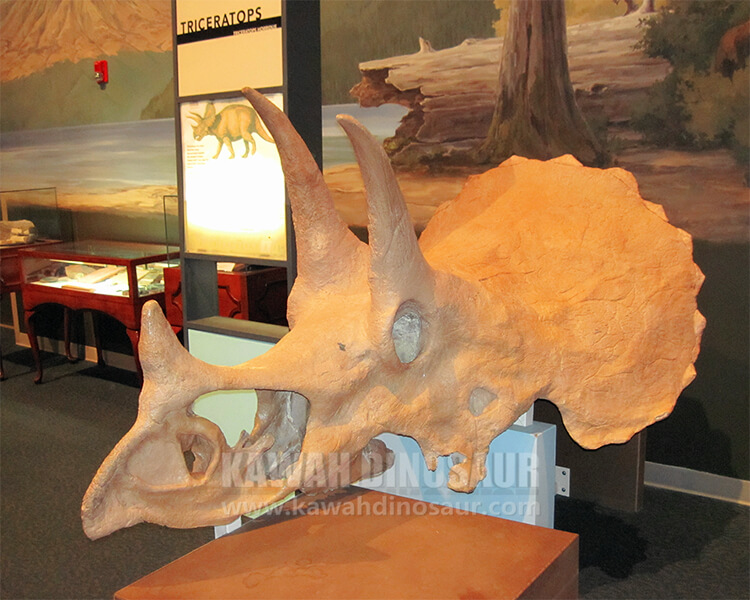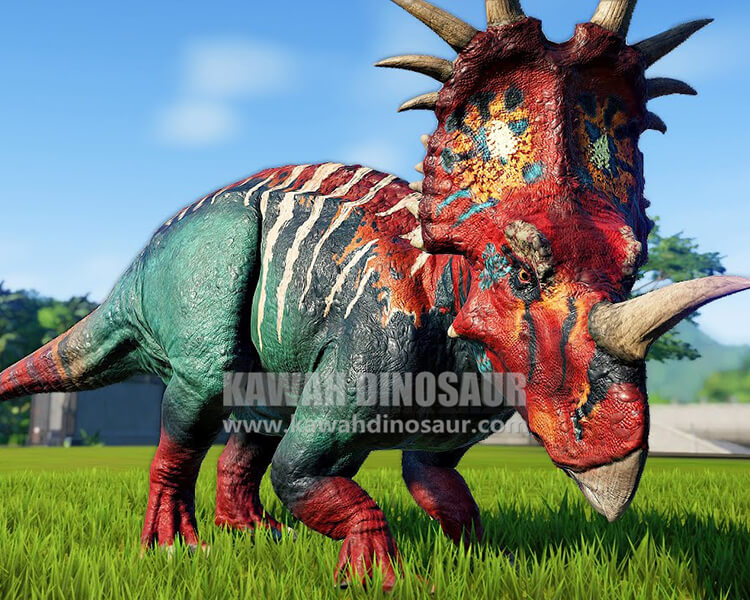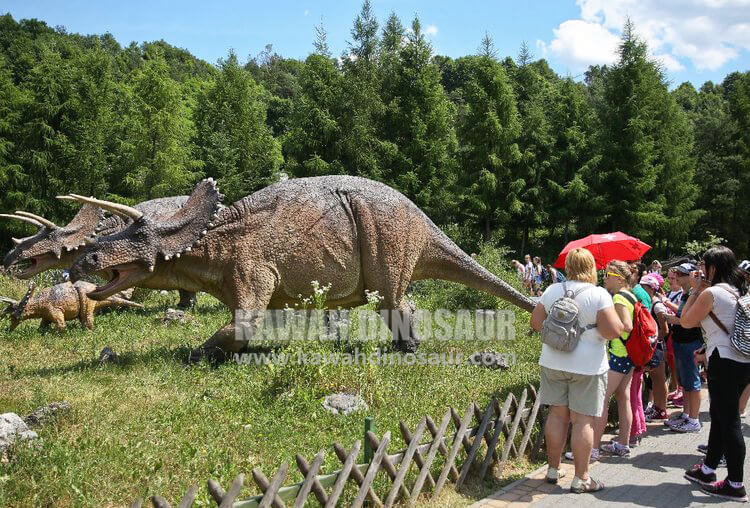Another approach to paleontological studies might be called the “ dinosaur blitz.”
The term is borrowed from biologists who organize “ bio-blitzes.” In a bio-blitz, volunteers gather to collect every biological sample possible from a specific habitat in a defined period of time. For example, bio-blitzers might organize on a weekend to collect samples of all the amphibians and reptiles that can be found in a mountain valley.
In a dino-blitz, the idea is to gather as many fossils of a single dinosaur species from a specific fossil bed or from a specific time period as possible. By gathering a large sample of the single species, paleontologists can look for anatomical changes over the lifetime of members of the species.

The results of one dino-blitz, announced in the summer of 2010, unsettled the world of dinosaur hunters. They also provoked a debate that rages today.
For over one hundred years, paleontologists had drawn two separate branched on the dinosaur tree of life: one for Triceratops and one for Torosaurus. Although there are differences between the two, they share many similarities. Both were herbivores. Both lived during the Late Cretaceous. Both sprouted bony frills, like shields, behind their heads.
The researchers wondered what a dino-blitz might reveal about such similar creatures.

Over a ten-year period the fossil-rich region of Montana known as the Hell Creek Formation was sourced for Triceratops and Torosaurus bones.
Forty percent of the fossils came from Triceratops. Some skulls were the size of American footballs. Others were the size of small autos. And they all died at different stages of life.
As for the Torosaurus remains, two facts stood out: first, Torosaurus fossils were scarce, and second, no immature or juvenile Torosaurus skulls were found. Every one of the Torosaurus skulls was a large adult skull. Why was that? As the paleontologists pondered the question and ruled out one possibility after another, they were left with one inescapable conclusion. Torosaurus was not a separate species of dinosaur. The dinosaur that has long been called Torosaurus is the final adult form of Triceratops.

The proof was found in the skulls. First, the researchers analyzed the gross anatomy of the skulls. They carefully measured each skull’s length, width, and thickness. Then they examined microscopic details like the make-up of the surface texture and tiny changes in the frills. Their examination determined that the Torosaurus skulls had been “ heavily remodeled”. In other words, Torosaurus’ skulls and bony frills had undergone extensive changes over the lives of the animals. And that evidence of remodeling was significantly greater than the evidence in even the largest Triceratops skull, some of which showed signs of undergoing change.
In a large context, the findings of the dino-blitz strongly suggest that many dinosaurs identified as individual species may in reality be only one species.
If further studies support the Torosaurus-as-adult-Triceratops conclusion, it will mean that dinosaurs of the Late Cretaceous probably were not as diverse as many paleontologists believe. Fewer types of dinosaurs would mean that they were less adaptable to changes in the environment and/or that they were already in decline. Either way, Late Cretaceous dinosaurs would have been more likely to go extinct following a sudden catastrophic event that altered Earth’s weather systems and environments than a more diverse group.
——— From Dan Risch
Post time: Feb-17-2023
